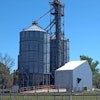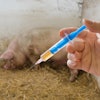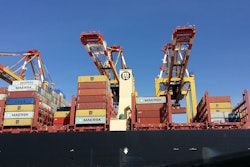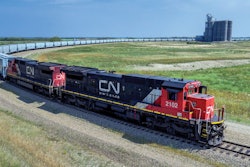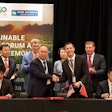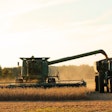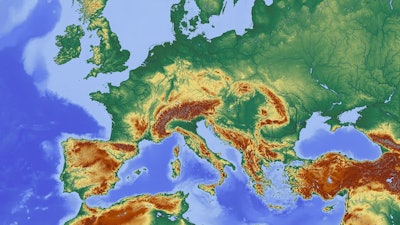
There continues to be abundant opportunities for farm trade between the United States and the European Union despite the omission of agriculture in the European list of negotiating areas on a potential free trade agreement, European agricultural leaders said during a workshop at the American Farm Bureau Federation’s 100th Annual Convention.
U.S. farmers and farm state lawmakers have pushed hard to include agriculture in trade talks. But European officials excluded farm goods to streamline the negotiations and to concentrate on vehicles and industrial products, said Jesus Zorrilla, counselor on Agriculture for the European Union.
Zorrilla was joined by Lorenzo Terzi, counselor on food safety for the European Union, and Sylvain Maestracci, counselor on agriculture for the French Embassy, to provide a European perspective on trade and agriculture.
Key issues, such as geographic indicators for dairy products and the approval of genetically modified crops, still separate the United States and the EU. But the European leaders said there continues to be opportunities for U.S. products in Europe, including soybeans, biofuels and other products even without agriculture in the free trade negotiations.
“The perception that the European market is closed is misleading,” Terzi says. “We are a huge market of 500 million people that is a big importer of food.”
Terzi noted that the United States and Europe have recently worked through several key food safety issues on products such as almonds and Florida oranges.
European farmers share many of the same concerns as their American counterparts, such as low commodity prices, changing demand from consumers and an aging farm population, Maestracci said. In addition, he said. European farmers face a continued barrage of environmental demands from European consumers.
Like their American counterparts, European farmers have seen a reduction in farm subsidy payments and a more market-oriented farm program. But European farmers do not have a robust crop insurance system like the one which provides the backbone of the farm safety net in the United States, Maestracci said.
The need for crop insurance showed up in 2018 when drought gripped much of Europe and drastically reduced harvests.
“The drought has definitely affected farmers and hurt our ability to export barley and other crops,” Maestracci said.


